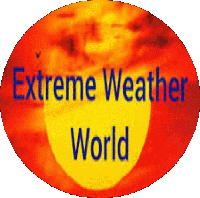Solar Wind
Le vent solaire est un flux de plasma libéré de la haute atmosphère du Soleil. Il se compose principalement d'électrons, de protons et de particules alpha avec des énergies généralement comprises entre 1,5 et 10 keV. Le flux de particules varie en densité, température et vitesse dans le temps et sur la longitude solaire. Ces particules peuvent échapper à la gravité du Soleil en raison de leur haute énergie, de la température élevée de la couronne et des phénomènes magnétiques, électriques et électromagnétiques qu'elle contient.
Le vent solaire est divisé en deux composantes, respectivement appelées le vent solaire lent et le vent solaire rapide. Le vent solaire lent a une vitesse d'environ 400 km / s, une température de 1,4–1,6 × 10e6 K et une composition proche de la couronne. En revanche, le vent solaire rapide a une vitesse typique de 750 km / s, une température de 8 × 10e5 K et il correspond presque à la composition de la photosphère du Soleil. Le vent solaire lent est deux fois plus dense et plus variable en intensité que le vent solaire rapide. Le vent lent a également une structure plus complexe, avec des régions turbulentes et des structures à grande échelle.
Solar radio flux at 10.7 cm
Le flux radioélectrique solaire à 10,7 cm (2800 MHz) est un excellent indicateur de l'activité solaire. Souvent appelé indice F10.7, c'est l'un des enregistrements les plus anciens d'activité solaire. Les émissions radio F10.7 proviennent de haut dans la chromosphère et bas dans la couronne de l'atmosphère solaire. Le F10.7 est bien corrélé avec le nombre de taches solaires ainsi qu'avec un certain nombre d'enregistrements d'irradiance solaire UltraViolet (UV) et visible. Rapporté en «unités de flux solaire» (s.f.u.), le F10.7 peut varier de moins de 50 s.f.u., à plus de 300 s.f.u., au cours d'un cycle solaire.
Flares
Une éruption solaire est un éclair soudain de luminosité observé à la surface du Soleil ou sur le flanc solaire, qui est interprété comme une importante libération d'énergie allant jusqu'à 6 × 10e25 joules d'énergie. Ils sont souvent, mais pas toujours, suivis d'une éjection de masse coronale colossale. La fusée éjecte des nuages d'électrons, d'ions et d'atomes à travers la couronne du soleil dans l'espace. Ces nuages atteignent généralement la Terre un jour ou deux après l'événement.
Les éruptions solaires affectent toutes les couches de l'atmosphère solaire (photosphère, chromosphère et couronne), lorsque le milieu plasma est chauffé à des dizaines de millions de kelvin, tandis que les électrons, les protons et les ions plus lourds sont accélérés à près de la vitesse de la lumière. Ils produisent un rayonnement à travers le spectre électromagnétique à toutes les longueurs d'onde, des ondes radio aux rayons gamma, bien que la plupart de l'énergie soit répartie sur des fréquences en dehors de la plage visuelle et pour cette raison, la majorité des fusées éclairantes ne sont pas visibles à l'œil nu et doivent être observé avec des instruments spéciaux. Les éruptions se produisent dans les régions actives autour des taches solaires, où des champs magnétiques intenses pénètrent dans la photosphère pour relier la couronne à l'intérieur solaire. Les fusées éclairantes sont alimentées par la libération soudaine (de quelques minutes à des dizaines de minutes) d'énergie magnétique stockée dans la couronne. Les mêmes rejets d'énergie peuvent produire des éjections de masse coronale (CME), bien que la relation entre les CME et les éruptions ne soit pas encore bien établie.
La fréquence d'apparition des éruptions solaires varie, de plusieurs par jour lorsque le Soleil est particulièrement «actif» à moins d'une par semaine lorsque le Soleil est «calme», suivant le cycle de 11 ans (le cycle solaire). Les grosses fusées éclairantes sont moins fréquentes que les plus petites.
Classification
Les éruptions solaires sont classées comme A, B, C, M ou X selon le flux de pointe (en watts par mètre carré, W / m2) de rayons X de 100 à 800 picomètres près de la Terre, tel que mesuré sur le vaisseau spatial GOES.
|
Classification
|
Peak Flux Range at 100-800 picometer
W/m2
|
|
A
|
< 10e-7
|
|
B
|
10e-7 to 10e-6
|
|
C
|
10e-6 to 10e-5
|
|
M
|
10e-5 to 10e-4
|
|
X
|
10e-4 to 10e-3
|
|
Z
|
> 10e-3
|
An earlier flare classification is based on Hα spectral observations. The scheme uses both the intensity and emitting surface. The classification in intensity is qualitative, referring to the flares as: (f)aint, (n)ormal or (b)rilliant. The emitting surface is measured in terms of millionths of the hemisphere and is described below. (The total hemisphere area AH = 6.2 × 1012 km2.)
|
Classification
|
Corrected area
(millionths of hemisphere)
|
|
S
|
< 100
|
|
1
|
100 - 250
|
|
2
|
250 - 600
|
|
3
|
600 - 1200
|
|
4
|
> 1200
|
Sunspots
Les taches solaires sont des phénomènes temporaires sur la photosphère du Soleil qui apparaissent visiblement comme des taches sombres par rapport aux régions environnantes. Ils correspondent à des concentrations de champ magnétique qui inhibent la convection et entraînent une température de surface réduite par rapport à la photosphère environnante. Les taches solaires apparaissent généralement par paires, avec des membres de paires de polarité magnétique opposée. Le nombre de taches solaires varie en fonction du cycle solaire d'environ 11 ans.
Les populations de taches solaires augmentent rapidement et diminuent plus lentement selon un cycle irrégulier de 11 ans, bien que des variations significatives du nombre de taches solaires observant la période de 11 ans soient connues sur des périodes plus longues. Par exemple, de 1900 aux années 1960, la tendance des maxima solaires du nombre de taches solaires a été à la hausse; des années 1960 à nos jours, il a quelque peu diminué. Au cours des dernières décennies, le Soleil a eu un niveau moyen d'activité des taches solaires nettement élevé; il était également actif pour la dernière fois il y a plus de 8 000 ans.
Le nombre de taches solaires est en corrélation avec l'intensité du rayonnement solaire au cours de la période depuis 1979, lorsque les mesures par satellite du flux radiatif absolu sont devenues disponibles. Étant donné que les taches solaires sont plus sombres que la photosphère environnante, on peut s'attendre à ce que plus de taches solaires conduisent à moins de rayonnement solaire et à une constante solaire diminuée. Cependant, les marges environnantes des taches solaires sont plus lumineuses que la moyenne et sont donc plus chaudes; Dans l'ensemble, plus de taches solaires augmentent la constante solaire ou la luminosité du Soleil. La variation causée par le cycle des taches solaires à la production solaire est relativement faible, de l'ordre de 0,1% de la constante solaire (une plage pic à creux de 1,3 W / m2 contre 1366 W / m2 pour la constante solaire moyenne).




















































